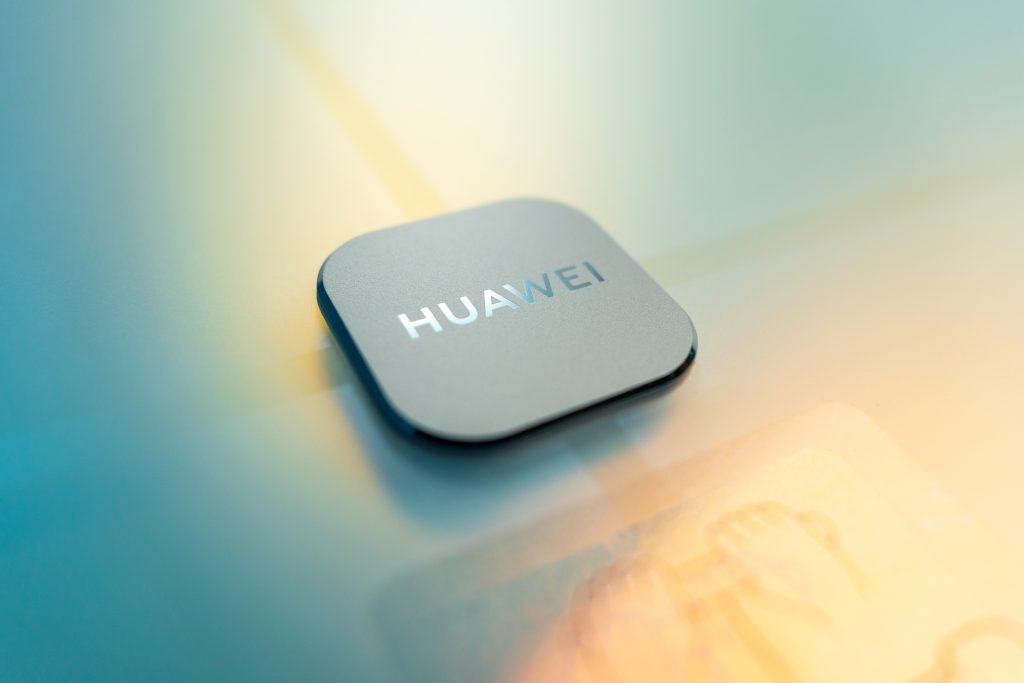
































Huawei has announced that it has finalized a global patent cross-licensing agreement with Xiaomi Inc. a China tech company. This agreement encompasses various communication technologies, including 5G, and signifies the resolution of a patent licensing dispute between the two companies.
In March, local Chinese media reported that Huawei had filed a lawsuit against Xiaomi, alleging the infringement of four registered patents primarily related to wireless communication technology, smartphone photography, and screen lock technology. Additionally, last month, Huawei renewed a similar agreement with Ericsson.
In July, Huawei disclosed that it had received$560 million in royalty revenues in 2022 and had actually earned more in royalties than it had paid out over the past two years. This shift was attributed to a decrease in handset sales, resulting in lower payments to other intellectual property holders.
Claim that Huawei is making more money on royalties now, then they spend on paying other companies to use their tech, is interesting in regard to the news that Huawei is preparing to develop its own microchip to circumvent the US sanctions.
Why does this matter?
Such agreements can influence market dynamics by promoting cooperation and reducing legal uncertainties. It sets a precedent for how tech giants handle patent disputes, potentially encouraging other companies to seek amicable resolutions rather than litigation.
 Tags quentes :
Direitos de propriedade intelectual
Tags quentes :
Direitos de propriedade intelectual